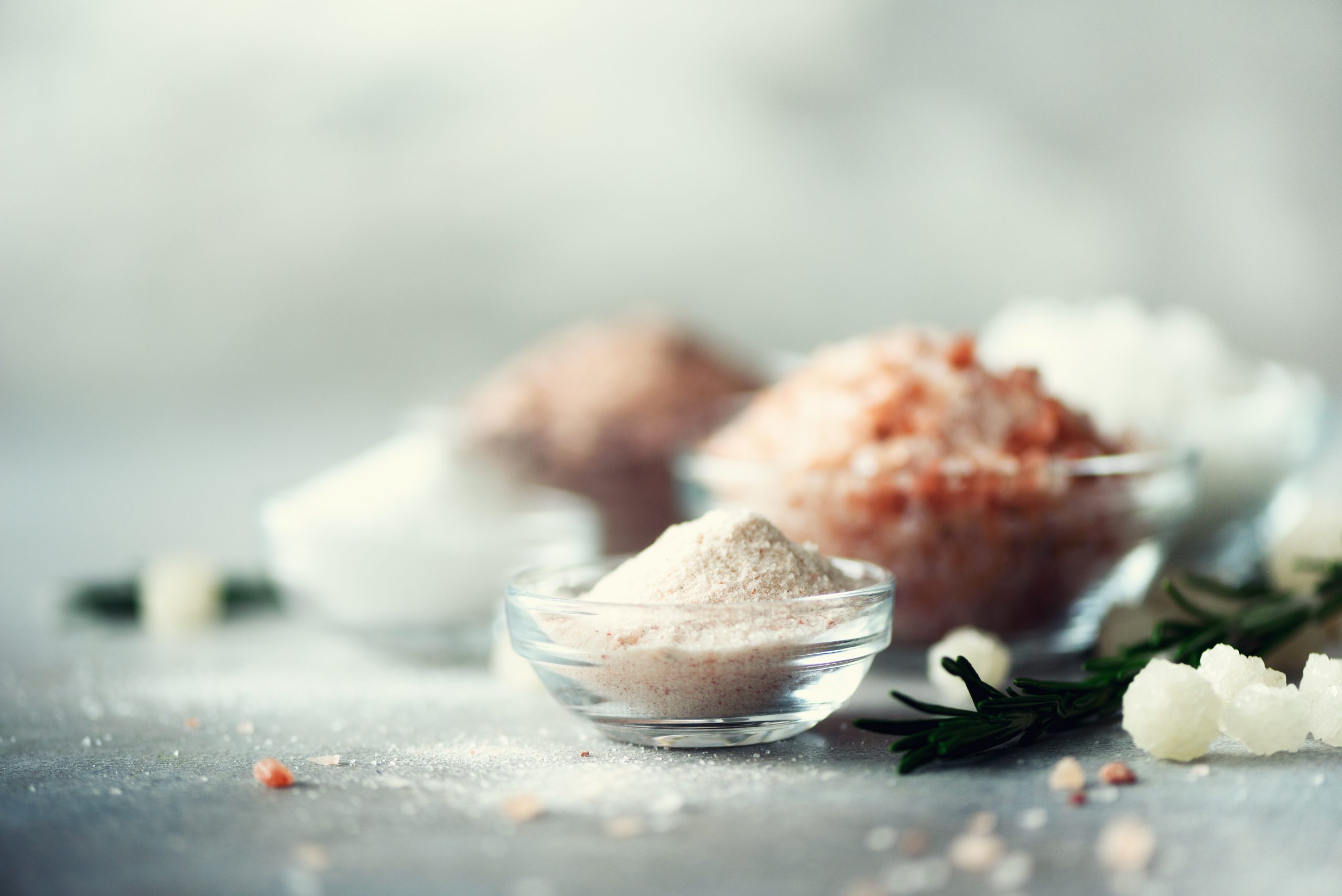Typically, a higher level of salt (sodium) intake has a bad rap when it comes to a healthy diet. In fact, most of the time, doctors and dieticians are recommending patients cut back on salt. According to the CDC and the 2020-2025 Dietary Guidelines for Americans, Americans should consume less than 2,300 milligrams (mg) of sodium per day when trying to maintain a healthy diet. While most people benefit from lower sodium intake, for some dysautonomia patients, these general guidelines do not apply.
Blood Pressure and Sodium Intake
Salt is an essential electrolyte that helps with nervous system function and effects blood pressure.
Increased sodium intake is known to increase blood pressure which is one of the main concerns with consuming too much. In the average person, this increase could be dangerous and put them at risk for heart disease and stroke. But in patients with autonomic nervous system disorders, in the absence of hypertension (high blood pressure), sodium can help manage symptoms.
In POTS patients, low blood pressure and tachycardia are common. Doctors have recommended increasing sodium intake to address concerns such as hypovolemia (low blood volume) and elevated plasma norepinephrine that contribute to tachycardia. In 2021, the Journal of American College of Cardiology published a study on the effect of high dietary sodium intake in patients with POTS. It suggests that increasing sodium intake can reduce POTS symptoms including increased heart rate when standing and increasing norepinephrine (pre-adrenaline) levels.
* Hypovolemia: A condition in which the volume of blood plasma is low. This causes rapid heartbeat, weak pulse, confusion, and sometimes loss of consciousness.
How Much Salt?
It’s commonly recommended that patients with POTS and other forms of dysautonomia increase their salt intake to 5-9 grams (approximately two teaspoons). It’s not recommended for patients with hypertension or certain comorbidities. It’s important to note that all patients should consult with their healthcare provider when trying new treatments. You can increase your sodium intake by adding salt to your water, using salt tablets, and salting your food as much as possible and tolerable.
Salt and Fluid Intake Go Hand in Hand
Salt helps the body keep a proper balance of fluid and electrolytes. If you increase your salt intake, it logically follows that your body will need more fluid. In addition to a higher sodium intake, it’s recommended that patients also consume 2-4 liters of fluid daily (up to half should be electrolyte rich. Ex. Gatorade, juice, lemonade, and electrolyte supplements). Increasing fluid volume increases pressure in the vascular system, including the pressure in the veins and arteries. Check out our resources page for more information about electrolyte supplements.
































One Response
I’m just learning about my issue…POTS. THANK YOU FOR YOUR RESEARCH !!! THANK YOU FOR SHARING IT!!